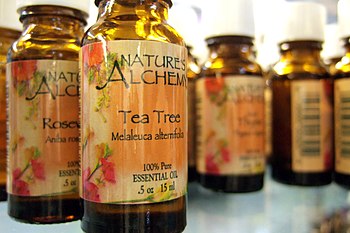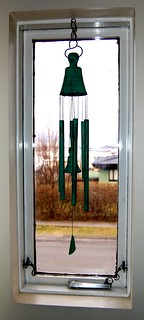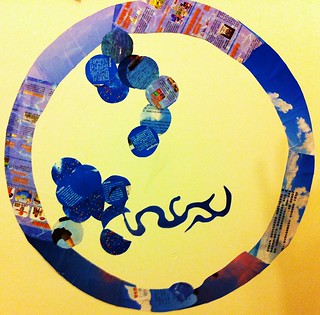A thorough detoxification program must include exercise. Exercise that causes you to sweat aids detoxification as sweat helps remove poisons from your body. Exercise also promotes healthy circulation and overall fitness. No matter what method you are using for bodily cleansing, exercise can augment it.
Here are some good exercises for cleansing and detoxification:
1. Walking
This is a basic, gentle form of exercise that is good for those doing a cleanse for the first time, or just undergoing an overall change toward a healthier diet. Walking works most of the major muscle groups, and increases heart rate and circulation. It also increases your breathing, leading to increased detoxification through the lungs. Plus it's an easy and fun exercise to do with friends - so you can socialize while getting healthy together!
2. Stretching
Stretching is very good for muscle health. It helps prevent the accumulation of lactic acid in the muscles. Do you know that sore feeling your muscles can get the day after a workout? That is from lactic acid accumulation. Stretching, simply put, gently opens up the muscle fibers and allows toxins to move out.
3. Yoga and Pilates
More than just stretching, yoga involves specific stretches and exercises that promote relaxation and balance. Pilates consists of many movements that help relax and rejuvenate muscles while toning as well. Yoga and Pilates can both help reduce stress, which is important in body cleansing, because constant stress can cause toxins to accumulate in the body.
4. Martial Arts
Like yoga, martial arts include the movement of body energy as part of the exercise program. From slow, smooth, stretching types of martial arts like tai chi to more active arts like taekwondo, martial arts include meditation, discipline, balance, and technique with the benefits of exercise.
5. Swimming
Swimming is easy on the joints, and is a wonderful way to get a full-body workout without jarring joints or feet. See if you can swim in fresh water, or in a pool that uses ozone rather than chlorine to clean the water, so that your body is exposed to less harmful chemicals. Remember that your skin is porous, and can absorb toxins easily, so swimming in chlorinated water can actually cause more harm than good.
6. Bicycling
Going for a bike ride exercises more than just the legs; the core muscles in the trunk also benefit from strengthening. If you are outdoors (rather than on a stationary bike), breathing fresh air helps cleanse the body and relieve stress. Like swimming, bicycling is easier on the joints than walking or jogging. And it can be done with friends or family as well.
7. Bouncing on a trampoline
Who would think something so fun could aid cleansing and build healthy body tissues? The secret is in the force - when you come down onto the trampoline, the gravitational force that your body experiences increases. The higher you bounce, the more force when you come down. The body responds to this increased gravitational force by building stronger tissues and cells. All organs and muscles can benefit from being strengthened.
To conclude, exercise is an important part of cleansing your body of impurities. These are just a few different ideas of exercises that can be used to help with detoxification. For more fun and beneficial ways to exercise, plus free weekly workouts, visit our exercise blog at:
http://nhlnewfunwaystoexercise.blogspot.com/












